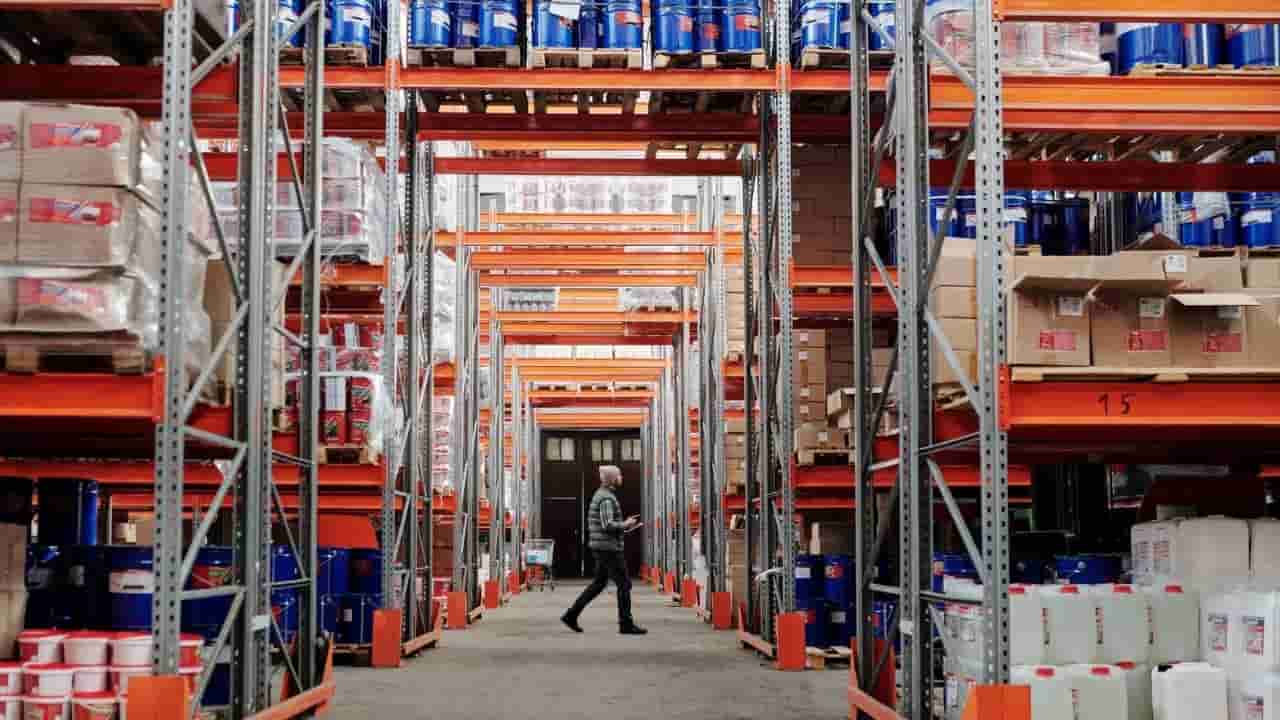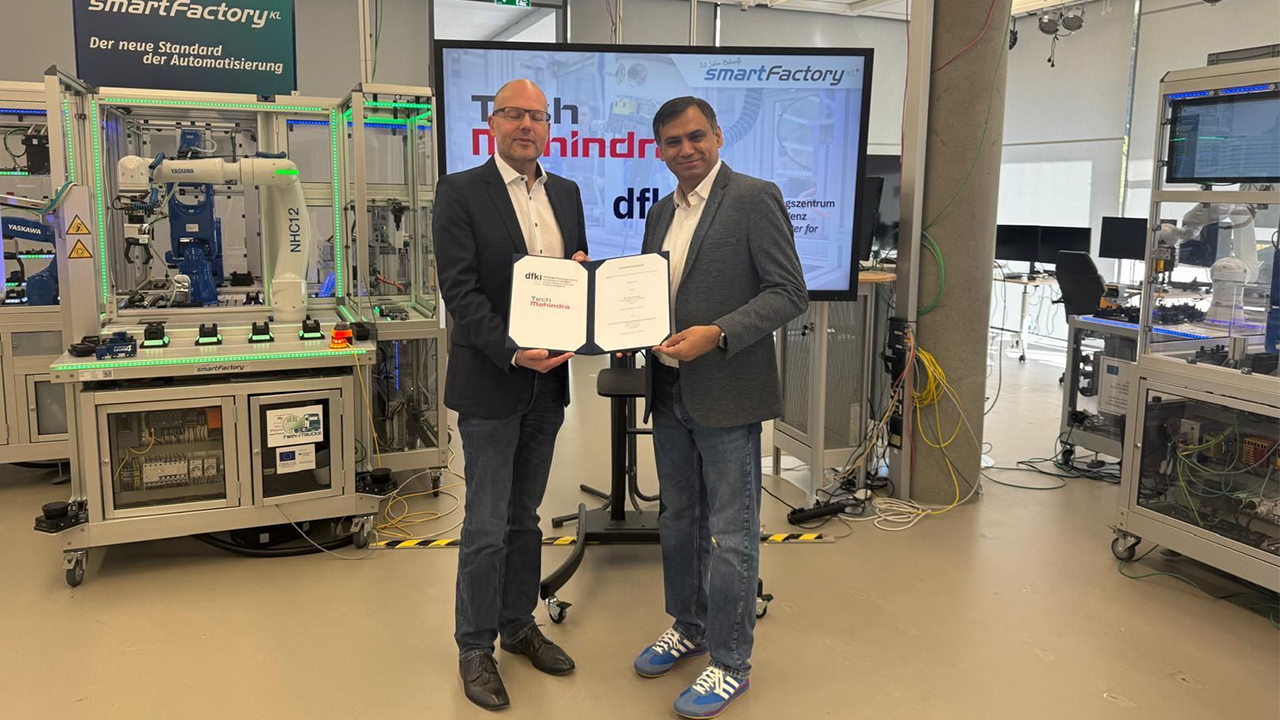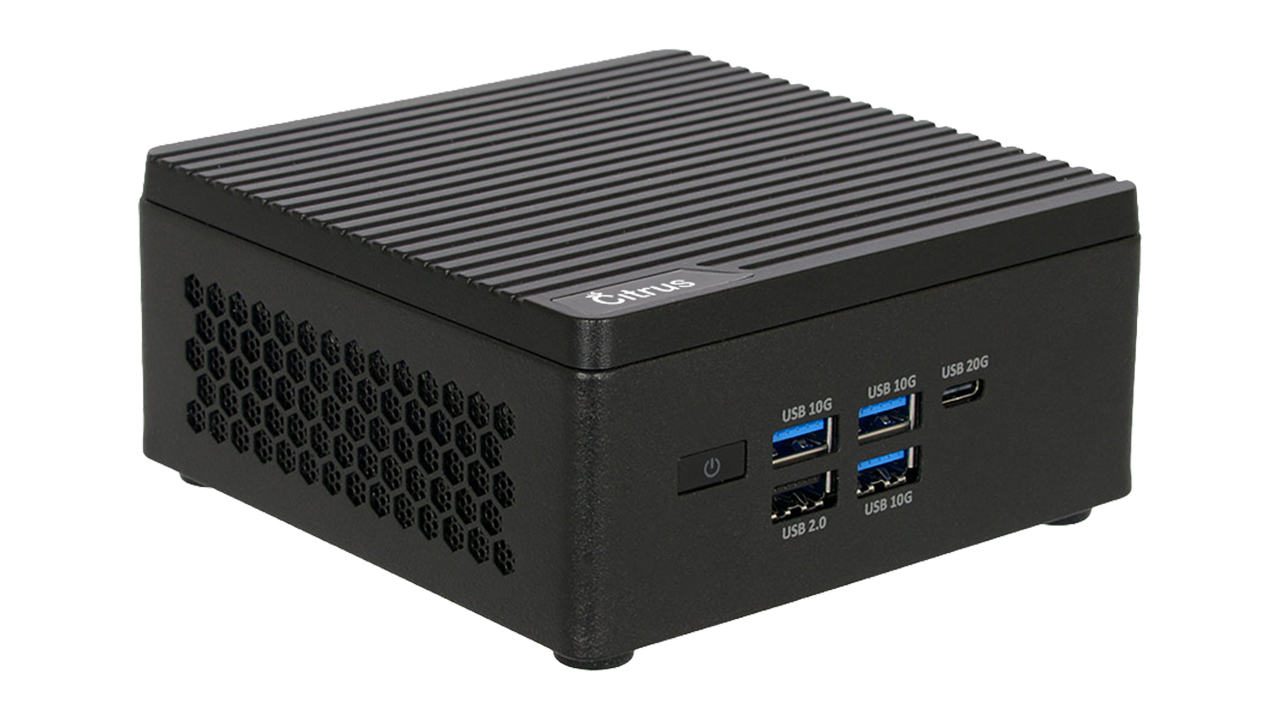Soumik has 25+ years of experience in FMCG, Manufacturing Engineering, Packaging and Automation. He has managed 100+ product launches productionized in multiple categories. He has 1000+ projects successfully executed in Automation, Innovation-NPDs and Capacity Expansions. He has rich operations experience across corporated like GODREJ| SCHENCK| NICHROME| THERMO| SARTORIUS| PHILIPS. An engineering professional working passionately to better manufacturing systems. His company MACHINE Doctors specializes in manufacturing engineering, new products, plant automation, providing technical support service and solving business problems.

Batch or Continuous?
Is there a third smarter option which combines the advantages of both?
Any manufacturer in the expansion threshold confronts this dilemma. Whether to install standalone batch system that processes material in set quantity and set period with definite start and stop of the process. The former is called Batch Size and later is called Batch Cycle Time. There is an unproductive interval between one batch and the next which is used for stopping, normalizing, emptying, cleaning, loading, setting, preparing, etc. In most of the applications actual batch time (the conversion of input material to output product) is almost half of the total Batch Cycle Time. However, the major disadvantages of batch process are its labor intensiveness, person dependency, quality discrepancy due to person, process or time variation. Nevertheless, batch has its own advantages- like flexibility to change from one recipe or SKU to another; freedom to vary the input proportion or content to get the desired output quality and specification. Also, capital investment is comparatively low.
Whereas Continuous or Flow process per se, is a non-stop process i.e. inputs are fed at one end and output comes out at other end simultaneously. This is generally efficient for a throughput where adequate quantity is always required. So, it is most suitable for large volume. Also, it is space efficient. However, if for any time the process is starved of input material, there is huge cost of idle running. Obviously, the continuous process is inflexible and expensive.
So, is there a process which takes best of the both and still remain viable for not so large volume?
Connected-Batch resolves this dilemma. For a relatively medium level production, this is the better, faster method. This is quite advanced and efficient than the traditional stand-alone batch process in a way that the stations though process batch-by-batch, are connected seamlessly. Taking a cue from quantum mechanics and its wave-particle duality theory, the connected-batch process is conceptualized with the flexibility of the batch without compromising on the flow. Mechanically all the batch processes are interconnected without any manual intervention through variable speed conveyors, tilters, unloaders, and loaders. The upstream and downstream machines are logically connected through PLC and sensors using flexible automation control system to ensure the ebb and flow. Either the batches are duplicated and staggered in bottleneck areas or the downstream is kept in always ready position. In connected-batch type very few batch operators are required with minimum or no unskilled laborer. Another big advantage is existing equipment and machines can be integrated to the upgraded system without scrapping them.
“In the long run productivity generally grows proportionally to the square root of output. As a result, in the presence of increasing returns, faster growth in output results in faster growth in productivity”-Verdoorn’s Law

NEWSLETTER
TRENDING ON PRO MFG
MORE FROM THE SECTION








